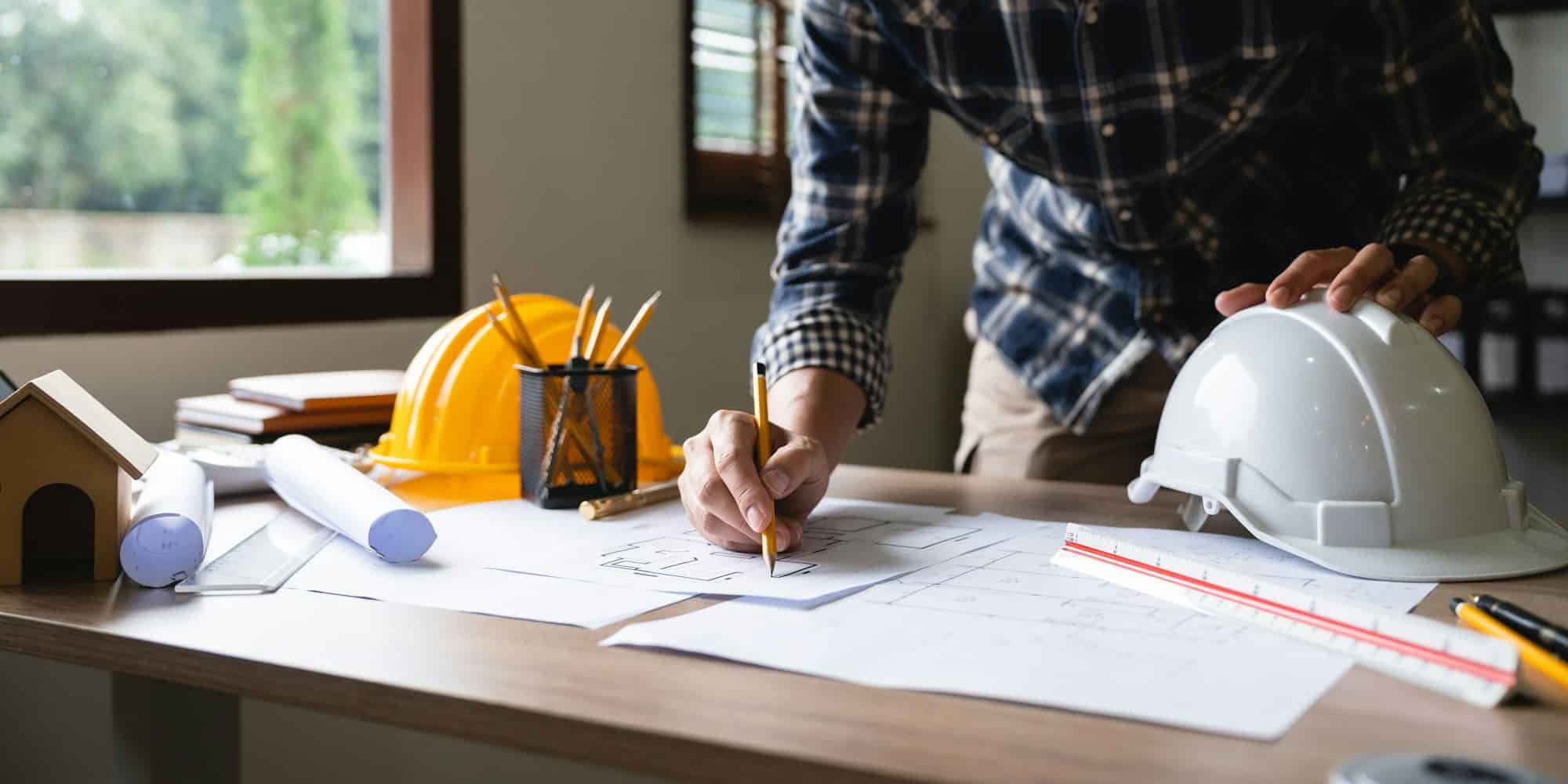The architect's light table: a timeless tool in the digital age

In an era dominated by digital tools and software, the architect's light table remains a revered piece of equipment in design studios around the world. Though modern technology offers unparalleled precision and convenience, the light table continues to hold its place as a valuable and timeless tool in the architectural profession. This article shows the enduring relevance of the architect's light table in today's digital age, highlighting its unique benefits and the reasons why it remains an essential tool for many architects.
The light table: bridging tradition and innovation
The light table, with its simple yet effective design, has been a staple in architectural practices for decades. In fact, a light table for tracing is an essential tool for artists and designers, allowing them to accurately replicate and refine their work. It allows architects to overlay drawings, trace designs, and compare revisions with ease. Despite the prevalence of computer-aided design (CAD) software, the tactile experience of working with physical drawings on a light table offers a different kind of insight and creativity.
En parallèle : How Are AI-Driven Analytics Transforming Sport Performance Analysis?
Cela peut vous intéresser : How Are AI-Driven Analytics Transforming Sport Performance Analysis?
Moreover, the light table serves as a bridge between traditional and digital practices. Architects often use it to refine hand-drawn sketches before digitizing them or to review printed plans against digital versions. This hybrid approach allows for greater flexibility in the design process, blending the precision of digital tools with the intuitive nature of manual drafting. The light table, in this context, is not just a nostalgic relic but a tool that complements and enhances modern design practices.
Dans le meme genre : How Can Smart Glass Technology Improve Energy Efficiency in Buildings?
Enhancing creativity and collaboration
One of the key advantages of the architect's light table is its ability to foster creativity. The illuminated surface provides a clear and focused workspace, free from the distractions of computer screens and digital interfaces. This environment encourages architects to experiment with different design ideas, overlays, and perspectives, leading to more innovative solutions.
En parallèle : How Is 3D Scanning Tech Enhancing Digital Archival of Historical Artifacts?
In addition to boosting creativity, the light table also promotes collaboration. In a studio setting, architects can gather around a light table to discuss and refine designs together. The physicality of the drawings makes it easier to share ideas and provide feedback, facilitating a more dynamic and interactive design process. While digital tools offer the convenience of remote collaboration, the light table's tangible presence brings a level of immediacy and engagement that is difficult to replicate in a virtual environment.
Adapting the light table for the future
As technology continues to evolve, the light table has also adapted to meet the needs of contemporary architects. Modern versions of the light table, such as the Artograph LightTracer, offer advanced features like adjustable brightness, energy-efficient LED lighting, and sleek, portable designs. These innovations make the light table even more versatile and user-friendly, ensuring that it remains relevant in the digital age. Architects can now enjoy the benefits of a traditional tool with the added convenience and efficiency of modern technology.
In summary, the architect's light table is a timeless tool that has successfully transitioned into the digital age. Its ability to bridge traditional and modern design practices, enhance creativity, and promote collaboration makes it an invaluable asset in any architectural studio. As technology continues to evolve, the light table will likely remain a staple, not just for its nostalgic value but for its enduring practicality and versatility.
